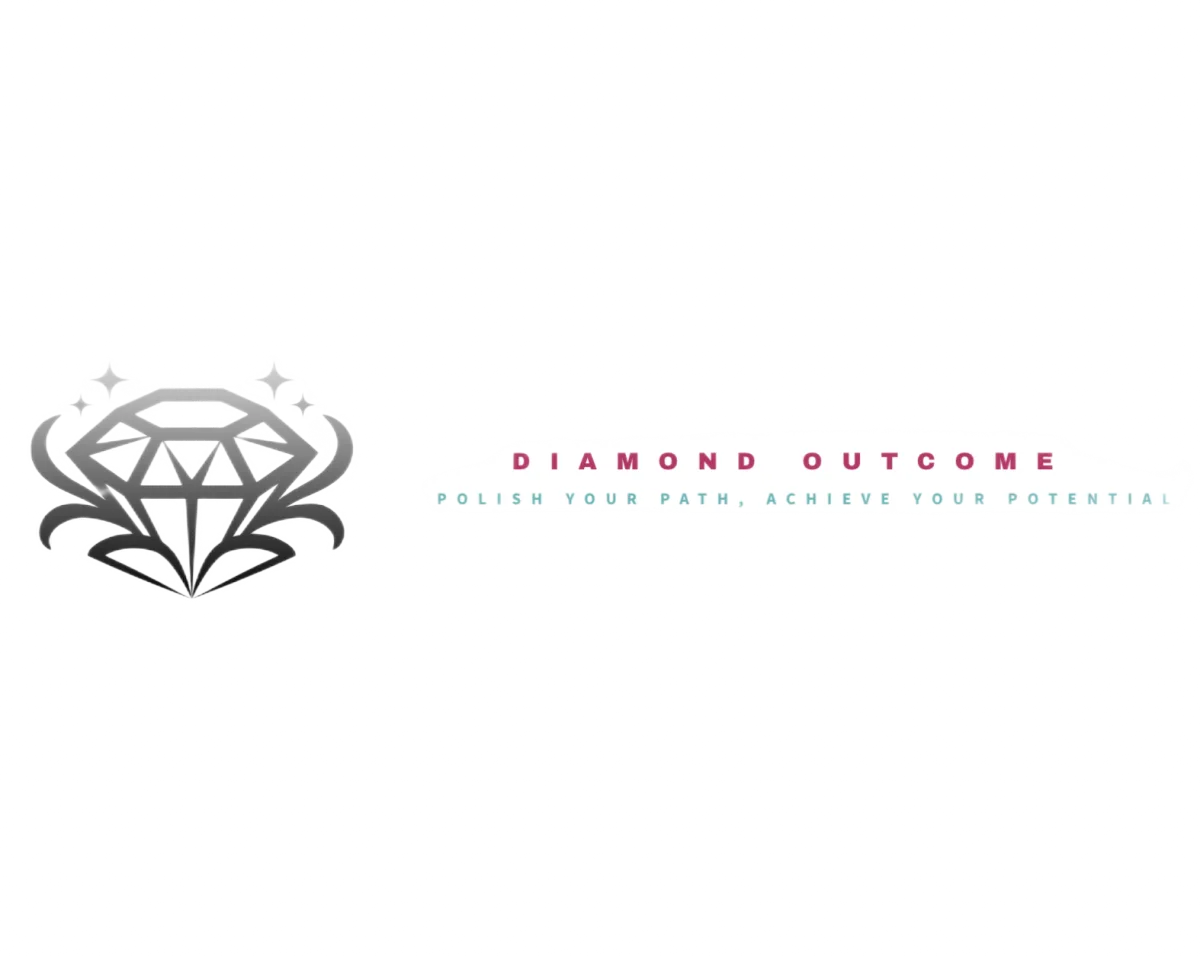BLOG
Discover transformative insights, practical strategies, and inspiring stories to guide your personal growth journey.

Finding Flow: Tapping into Peak Performance States
“The best moments in our lives are not the passive, receptive, relaxing times… The best moments usually occur if a person’s body or mind is stretched to its limits in a voluntarily effort to accomplish something difficult and worthwhile.” - Mihaly Csikszentmihalyi
Introduction:
In the realm of human experience, there exists a state of optimal performance and profound satisfaction known as “flow.” Coined by psychologist Mihaly Csikszentmihalyi, flow is that magical intersection where skill meets challenge, and time seems to slip away. It’s in these moments that individuals experience heightened focus, creativity, and a deep sense of fulfillment. In this blog post, we’ll explore the concept of flow, understand its elements, and discover how to integrate it into our lives for peak performance.

Peak performance moment
Understanding Flow
At its core, flow is a mental state where an individual is fully immersed in an activity, energized by a deep sense of focus, enjoyment, and effectiveness. Think of the artist absorbed in the creative process, the athlete in the zone, or the professional deeply engaged in their work—these are all instances of flow.
Key Elements of Flow
1. Clear Goals: Flow often arises when there are clear and achievable goals. These goals provide a sense of direction and purpose, guiding our actions with intention.
2. Immediate Feedback: Real-time feedback is crucial for maintaining flow. Whether it’s a painter seeing the colors blend or a musician hearing the notes harmonize, immediate feedback helps individuals adjust and stay in the zone.
3. Balancing Skill and Challenge: Flow emerges when the level of challenge is well-matched with one’s skill. If a task is too easy, it can lead to boredom; if it’s too difficult, it can result in anxiety. Flow thrives in the sweet spot between these extremes.
4. Complete Concentration: In a state of flow, individuals are entirely absorbed in the present moment. Distractions fade away, and there is a singular focus on the task at hand.
5. Loss of Self-awareness: Flow often involves a transcendence of self-awareness. Time seems to vanish, and individuals become so engrossed in the activity that they lose track of themselves.
Cultivating Flow in Daily Life
1. Identify Your Passion: Flow is often associated with activities that individuals are passionate about. Identify what truly engages and excites you.
2. Set Clear Goals: Break down larger tasks into clear, manageable goals. This not only provides direction but also a sense of accomplishment as each goal is achieved.
3. Eliminate Distractions: Create an environment conducive to focus. Turn off unnecessary notifications, find a quiet space, and minimize interruptions.
4. Continuous Learning: Flow is often found at the edge of one’s current abilities. Embrace challenges that push you to learn and grow.
5. Mindfulness Practices: Techniques like meditation and mindfulness can enhance your ability to be present, fostering the conditions for flow.
Final Thoughts
Finding flow is about aligning your passions, setting clear goals, and immersing yourself fully in the present moment. It’s a state that not only leads to peak performance but also brings a deep sense of joy and fulfillment. As you navigate your daily tasks and pursuits, remember that the magic of flow is not in the destination but in the journey itself.
Unlock the doors to your flow state, and watch as your endeavors become not just tasks, but transformative experiences.
Other resources to help you get started
Diamond Quest: The Flow Journal Experience
Here is a quick checklist to help you practice and incorporate what you just learned.
Preparation: Find a quiet space where you won’t be disturbed. Have your journal or a blank piece of paper and a pen ready.
Reflection: Think about a recent task or activity where you felt completely absorbed, losing track of time. Identify the key elements that contributed to this immersive experience.
Flow Elements: Write down these elements. Was it the challenge of the task, a clear goal, or immediate feedback? Reflect on how you can incorporate more of these elements into your daily life.
Create Flow Opportunities: Choose one area of your life, be it work, a hobby, or a personal project. Identify ways to enhance the challenge, set clear goals, or establish immediate feedback to create a conducive environment for flow.
Journaling: Document your experiences and observations regularly. Note how implementing flow elements affects your overall experience and performance.
Review and Adjust: Periodically review your journal entries. Adjust your approach as needed, experimenting with different strategies to optimize your flow experiences.
Share Insights: Consider sharing your insights and experiences in the comments or with a friend. Engaging in discussions can deepen your understanding and inspire others on their personal growth journey.
Remember, the key is not just to read about flow but to actively incorporate its principles into your life for a more fulfilling and productive existence. Happy flowing❗
Receive Diamond Insights
© 2024 Diamond Outcome, LLC. All Rights Reserved.

